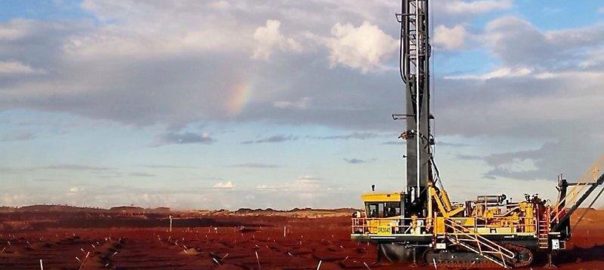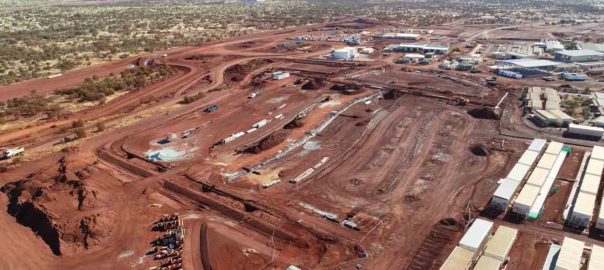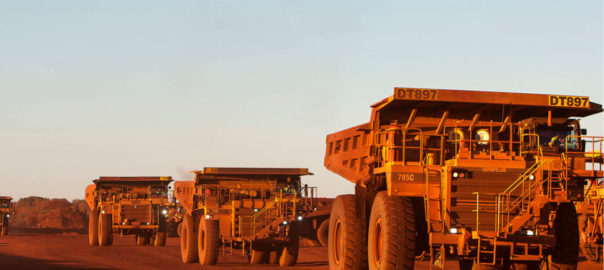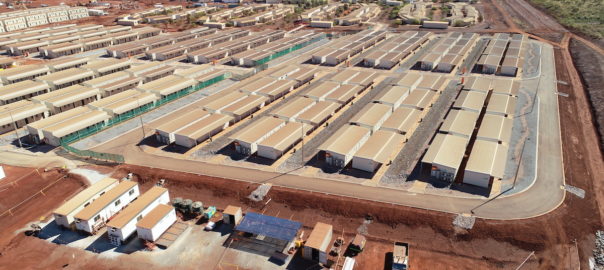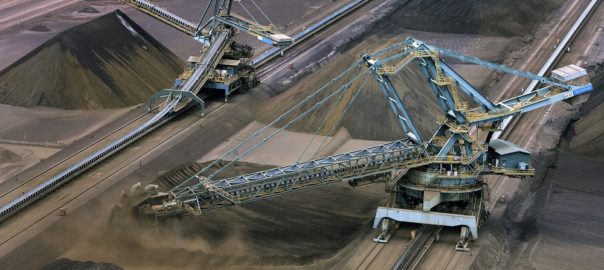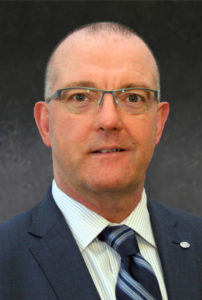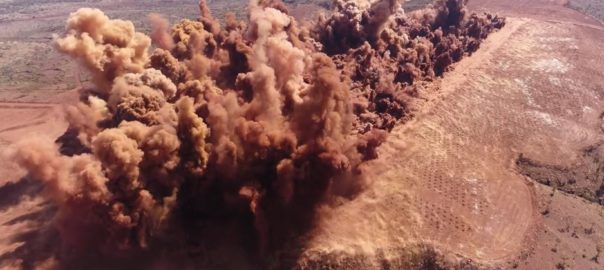Epiroc’s first annual awards have recognised close customer collaboration in Mongolia and innovative autonomous drill rigs in Australia.
Its “United in Performance Award” honours exceptional customer collaboration, the company said. This inaugural award is presented to Anders Berglund, Bayar Torguud, Batzorig Jamsranjav and Alf Lawrence at Epiroc’s Customer Center in Mongolia, as well as to mining company Oyu Tolgoi LLC.
“Their far-reaching collaboration is boosting productivity and safety at Oyu Tolgoi’s major copper mine,” Epiroc said. “With the mine located remotely in the South Gobi desert, Epiroc has developed strong local service capabilities, yielding customer benefits such as on-time spare parts delivery. The companies are emphasising safety and diversity and they have successfully worked together to recruit more women as equipment operators and service technicians.”
The Inspired by Innovation Award, meanwhile, recognises Epiroc’s most innovative technical development that has had a proven commercial success.
It has been presented, this year, to Tyler Berens, Tim Ledbetter and Dustin Penn at Epiroc’s Drilling Solutions division, Lars Eriksson at the Rocktec division, and to Adrian Boeing at the Customer Center in Australia for developing and deploying autonomous Pit Viper drill rigs for BHP.
A fleet of Pit Vipers is operating remotely at iron ore mines in the Pilbara region, some 1,300 km away from the office building in Perth, Western Australia, where BHP’s operators are located.
“This automation solution brings strong customer benefits, including improved work environment, higher productivity and lower operating costs,” Epiroc said.
Back in December, the first autonomous Epiroc Pit Viper 271 drill rig broke ground at BHP’s South Flank iron ore project in Western Australia. This was the first of five autonomous drill rigs to operate at the mine, all of which will be controlled remotely.
Per Lindberg, Epiroc’s President and CEO, said of the awards: “We are proud of our strong teams that continuously focus on making customers more productive and safe while lowering their operating costs. Automation and proactive customer collaboration are two important ways to achieve this.”
The awards will be presented to the winners at the company’s Annual General Meeting on May 9.







